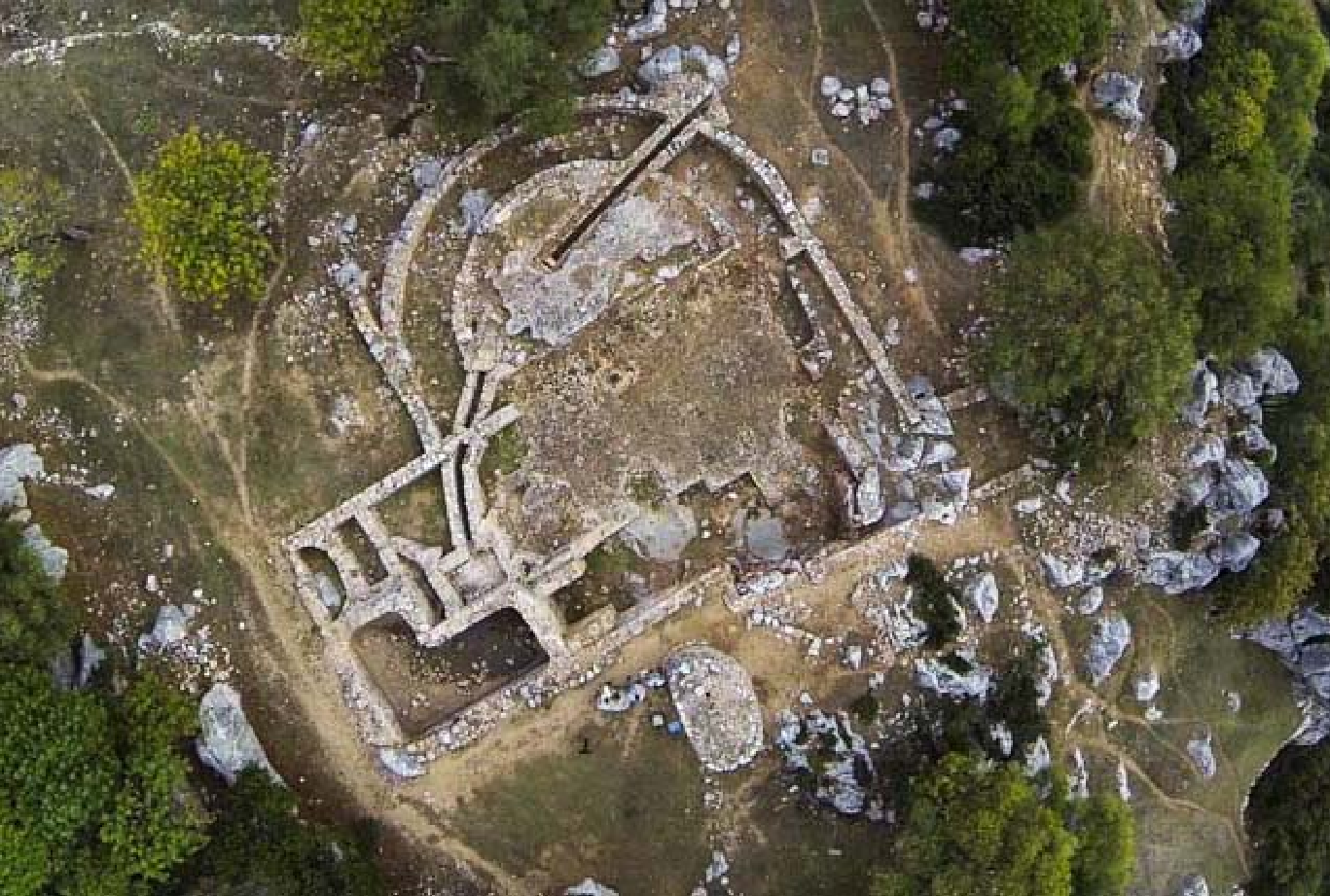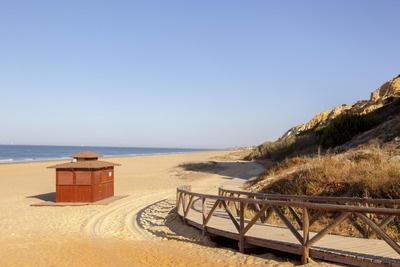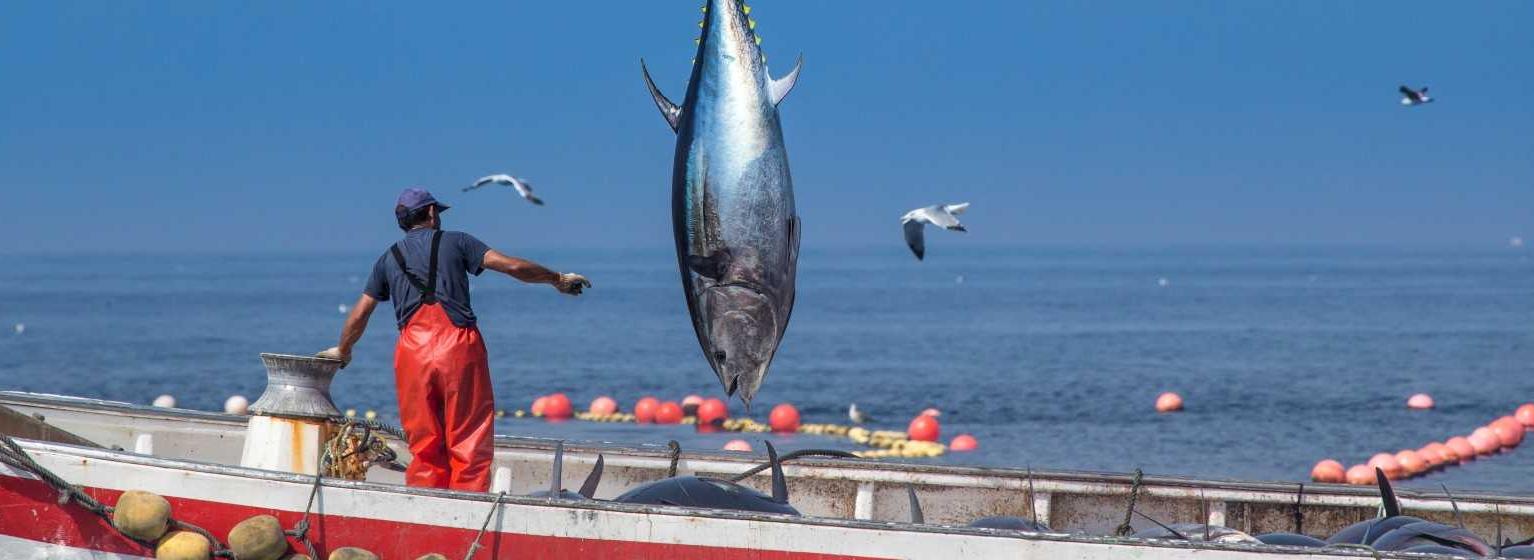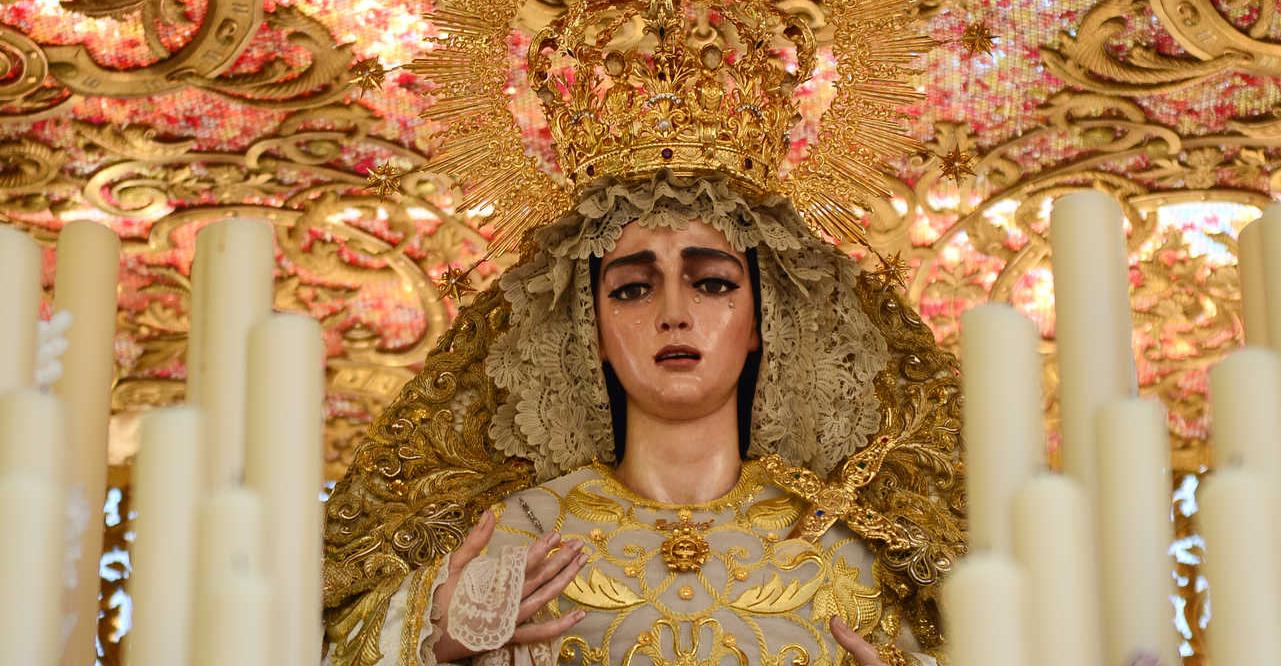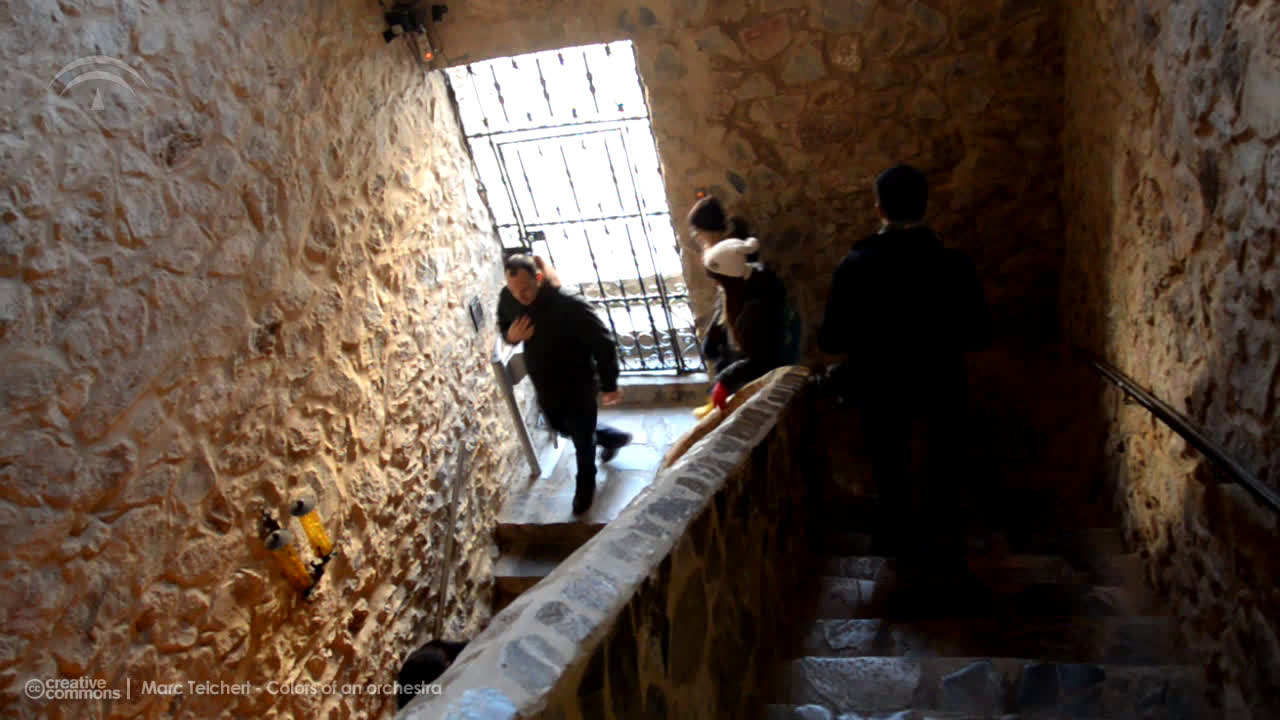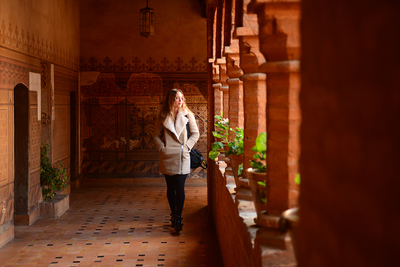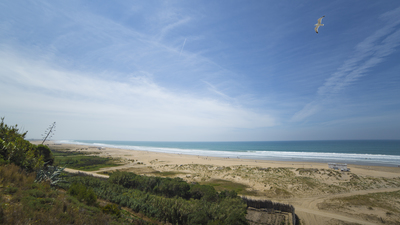Roman Ruins Route in Cádiz: From Baelo Claudia to the Ocuri Archaeological Site
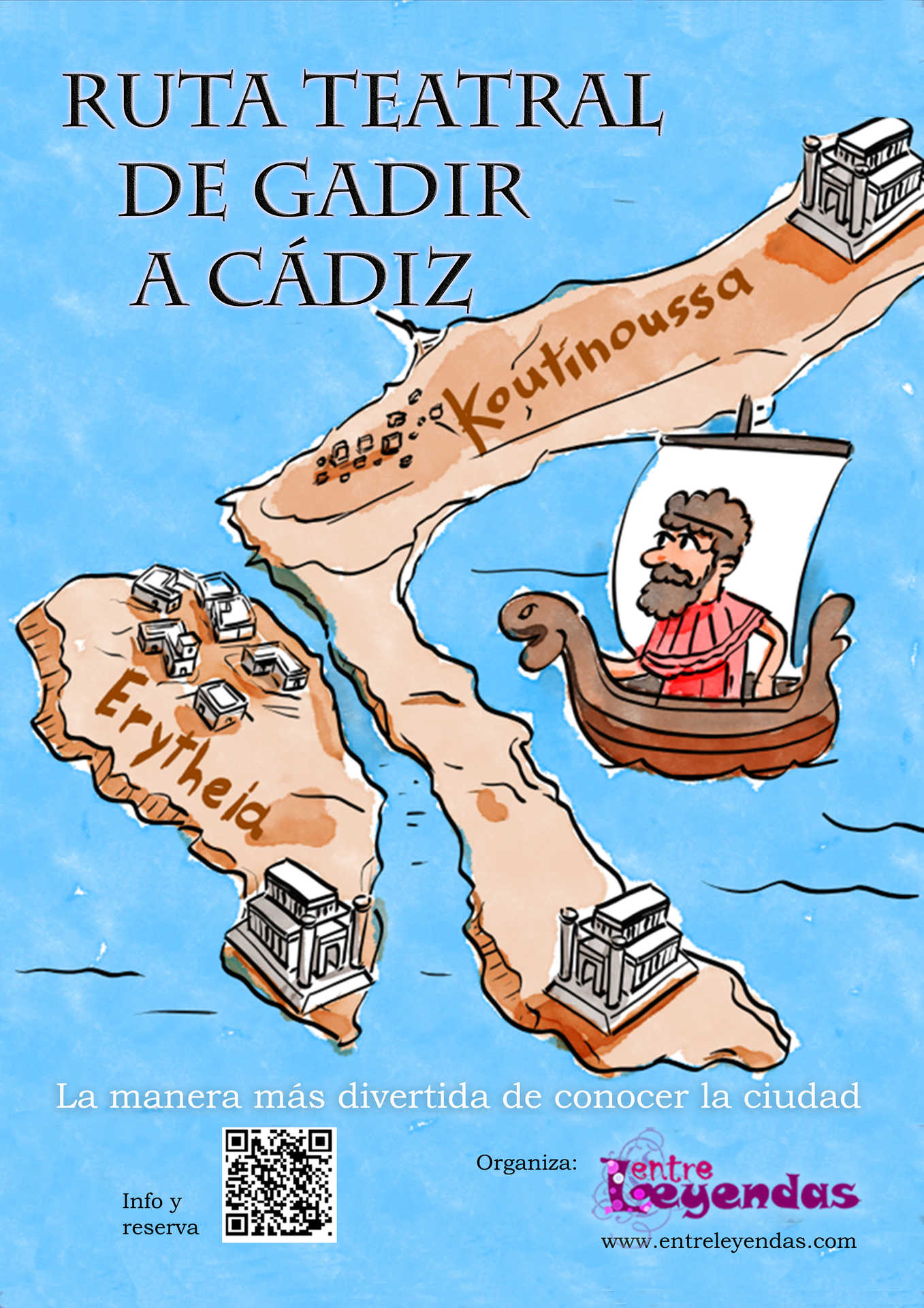
If you're a lover of archaeology and Roman culture, keep reading. This route takes in the most important Roman ruins in Cádiz, from Baelo Claudia to Ocuri.
The Roman civilisation left Cádiz a wealth of architectural heritage, from major necropolises like the ones you'll find at the archaeological sites of Baelo Claudia and Carteia to fascinating cultural sites like the Roman town Ocuri.
We hope this route will provide a useful guide for exploring the main Roman sites and towns in the province of Cádiz.
Baelo Claudia Archaeological Site (Bolonia).
Baelo Claudia was a Roman town located by the sea and Bolonia beach, in what is now the village of Bolonia, some 22 km north-west of Tarifa, in the province of Cádiz. It is also located within the boundaries of the Strait of Gibraltar Nature Park.
This Roman town is one of the most important monuments in the province. Built in the second century BCE and discovered in 1917, it is a designated National Historical Monument.
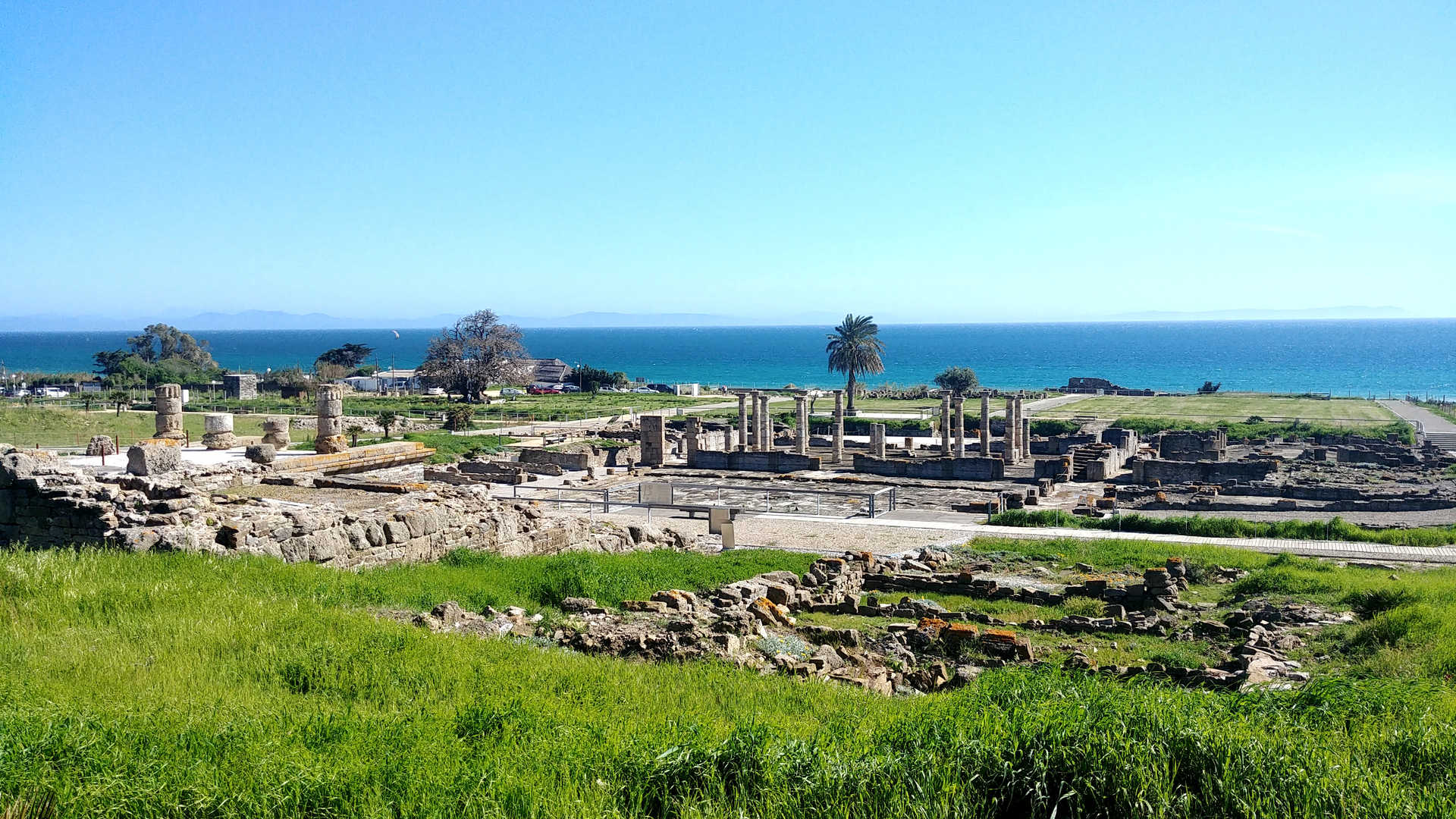
Kotinoussa Park | Varela Sur Gardens.
A quiet, relaxing park with ruins of ancient tombs and funerary steles indicated by signs containing brief details of their history.
Kotinoussa Park covers an area of 9,985 sq m and opened in 2003. It takes its name from one of the three islands that made up the Phoenician Gadeiras Archipelago: Erytheia, Kotinoussa and Antípolis (Isla de León). Above the Bahía-Caleta canal that once ran through what is now the old quarter of Cádiz, Erytheia was the northernmost island, while the island of Kotinoussa stretched from the present-day Castle of San Sebastián to the island of Sancti Petri.
The park was laid partly on land formerly occupied by the Varela military barracks and partly on the old Phoenician, Punic and Roman necropolises. Thanks to this historical background, the park is not only a pleasant green space but has an added cultural and educational attraction: the artefacts that came light following the excavations related to the construction of the San José car park and the homes on Calle Arcángel San Miguel, which today celebrate and highlight the historical importance of the Cádiz necropolis. The park adopts the form of an archaeological site offering a historical tour of the funerary art of the first civilisations that lived in Cádiz.
Winding paths complete the design of the park, inviting visitors to take a relaxing stroll through the greenery.
Kotinoussa Park is located on Calle del Doctor Manuel Concha Ruíz, Cádiz.
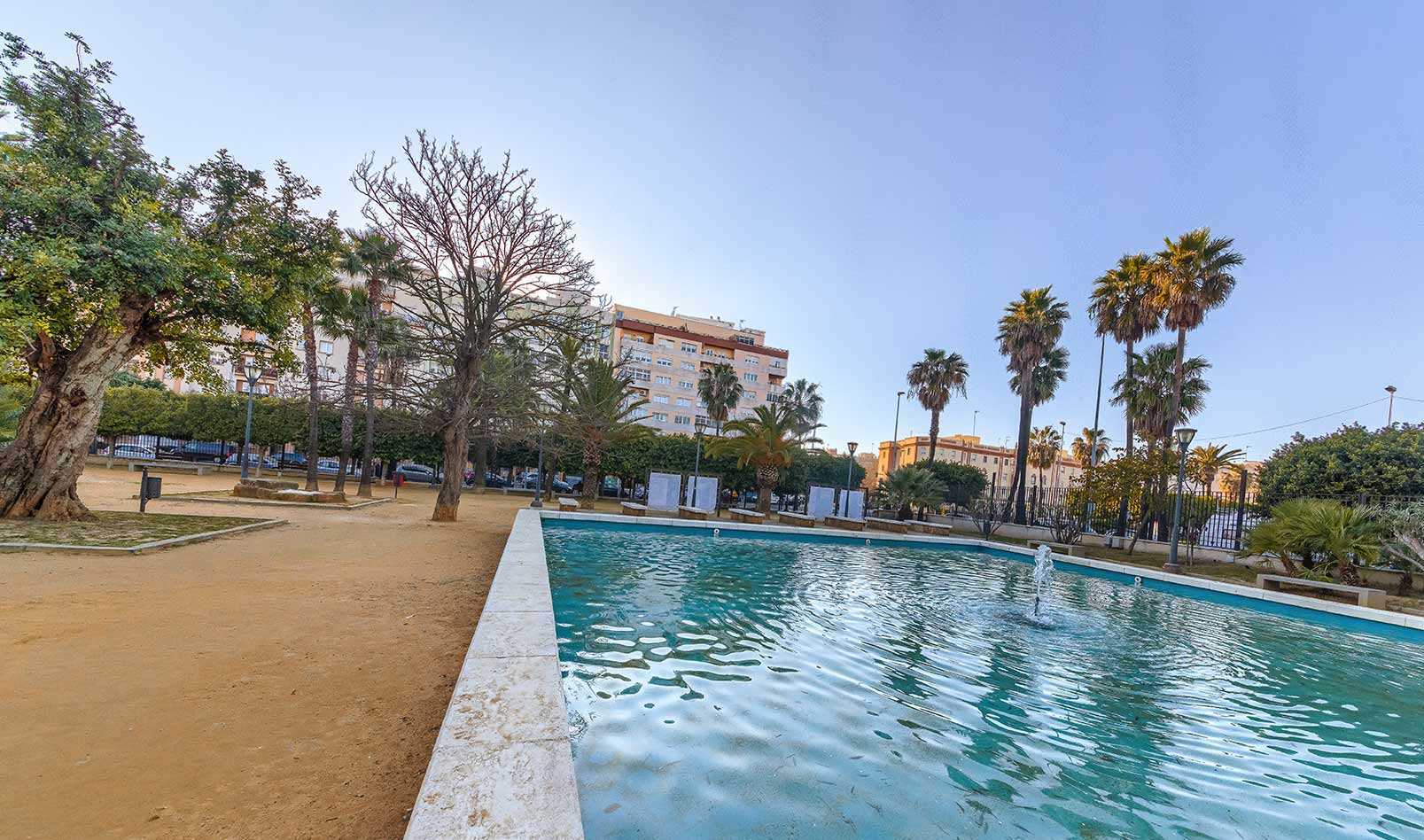
Erytheia Park | Varela Gardens.
The area nowadays known as "Varela Barracks", which had remained largely undeveloped until a few decades ago, has become a fascinating place for scholars of the city's past thanks to the structures and burials that have been discovered here.
In recent years, prospective research and archaeological excavations have yielded a vast quantity of finds from Cádiz ancient past, most of them associated with the various necropolises that were built "extramuros", outside the city walls, through the ages.
The construction of the residential buildings and car parks that nowadays occupy this area uncovered the remains of a large cemetery dating from the eighth century BCE to the fourth century CE, during which time it appears to have been used more or less continuously. Given this context, this part of Cádiz is considered to preserve one of the largest funerary archaeological sites of any urban area in Spain.
The material evidence exhumed in different excavations in the necropolis area has given rise to a series of archaeological reconstructions and reproductions for display in the park. A newly created "archaeological path" guides visitors through the exhibition area. The large number of reconstructed scenarios offers a complete overview of changing funerary rites documented in Cádiz from the sixth century BCE to the third and fourth centuries CE.
Erytheia Park (Varela Gardens) is located at Avenida de Andalucía s/n, Cádiz.
Punic Tombs at the Necropolis of Gadir (fourth century BCE)
In September 2012 archaeologists carried out a series of excavations at the site of the former Government Sub-Delegation of Cádiz, next to Puertatierra, and made some surprising discoveries.
They located the original entrance gate to the city in the 17th century and two embrasures in the second defensive line. Furthermore, they excavated twenty-eight tombs from the Roman period, dating from between the first century BCE to the second century CE. The burials were carried out by cremation and inhumation, some of the latter in masonry boxes. From the Phoenician period they documented two sixth-century BCE inhumations, neither of which contained grave goods.
They also uncovered twelve Punic tombs from the fifth and sixth centuries BCE, distributed between two funerary groups and containing large boxes made out of ashlar blocks of 'ostionera', a local sedimentary rock formed by ancient seashells and sand.
While excavating these tombs, all of which are in perfect condition, they discovered a large number of rings, earrings, necklaces and other pieces of bronze, plated in gold, carnelian or silver, as well as dozens of Egyptian amulets made from a ceramic material with a vitreous coating, known as faience, representing gods from Egyptian mythology such as Seth, Horus, Akhet (Eye of Ra), Bes, Uadyet and Bastet.
These finds confirm that ancient Gadir maintained commercial ties with other Mediterranean cultures such as Egypt.
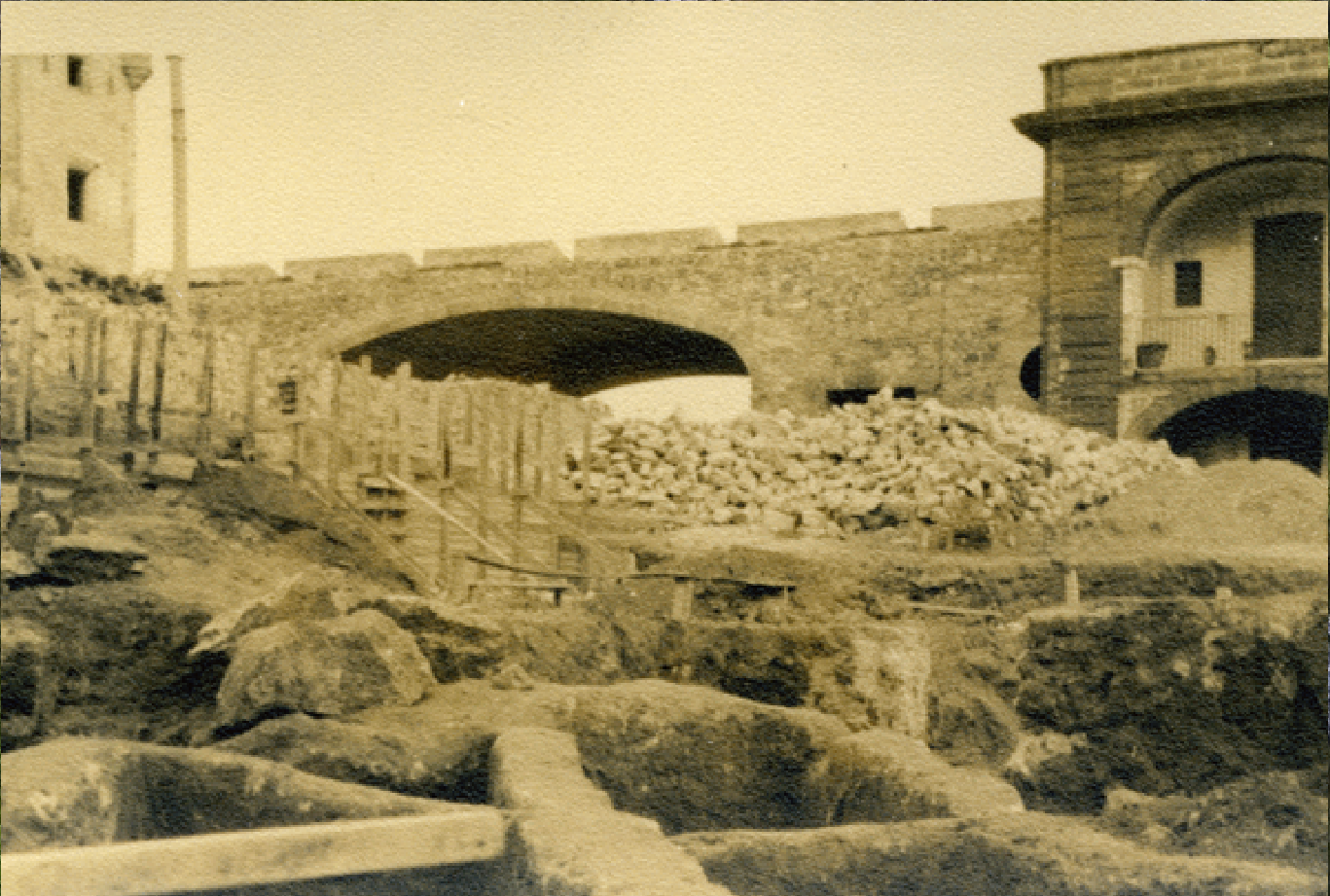
Gadir Archaeological Site
Archaeological museum with artefacts and exhibitions on ancient Phoenician culture and civilisation.
It was found nine metres below what is now the Tía Norica puppet theatre. Three thousand years later, at the beginning of modern-day Cádiz, visitors can walk through the streets lined with utensils and houses to relive the days when Gadir was a major trading port.
As well as the Archaeological Site of Gadir, constructions associated with a Roman fishing factory have been preserved with the pools where the fish was salted.
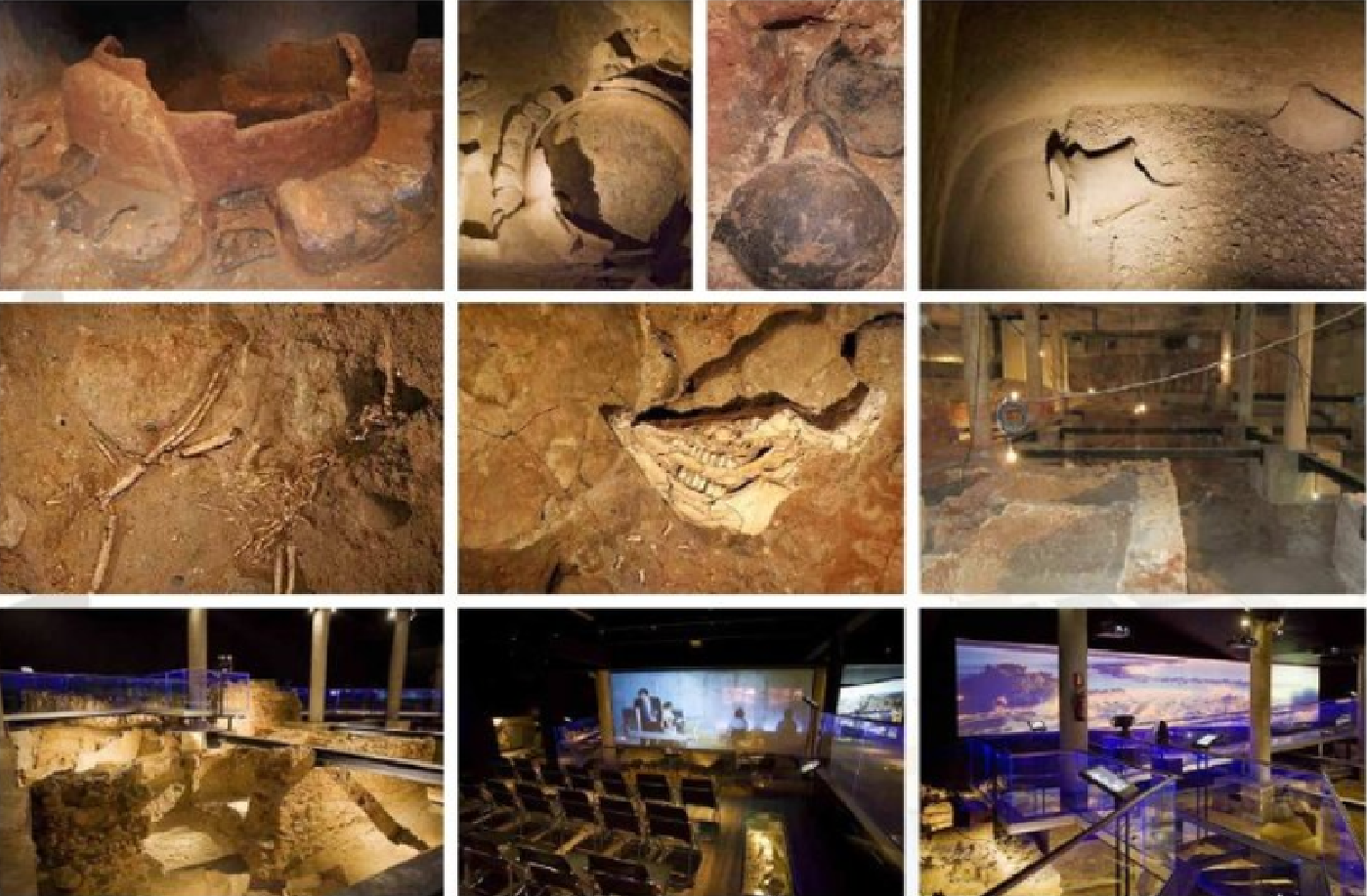
Roman Theatre of Cádiz
The Roman theatre of Cádiz was discovered in 1980 during a series of archaeological excavations carried out with the intention of locating the ancient City Castle. Archaeologists had previously discovered various interior galleries but had been unable to identify the building to which they belonged.
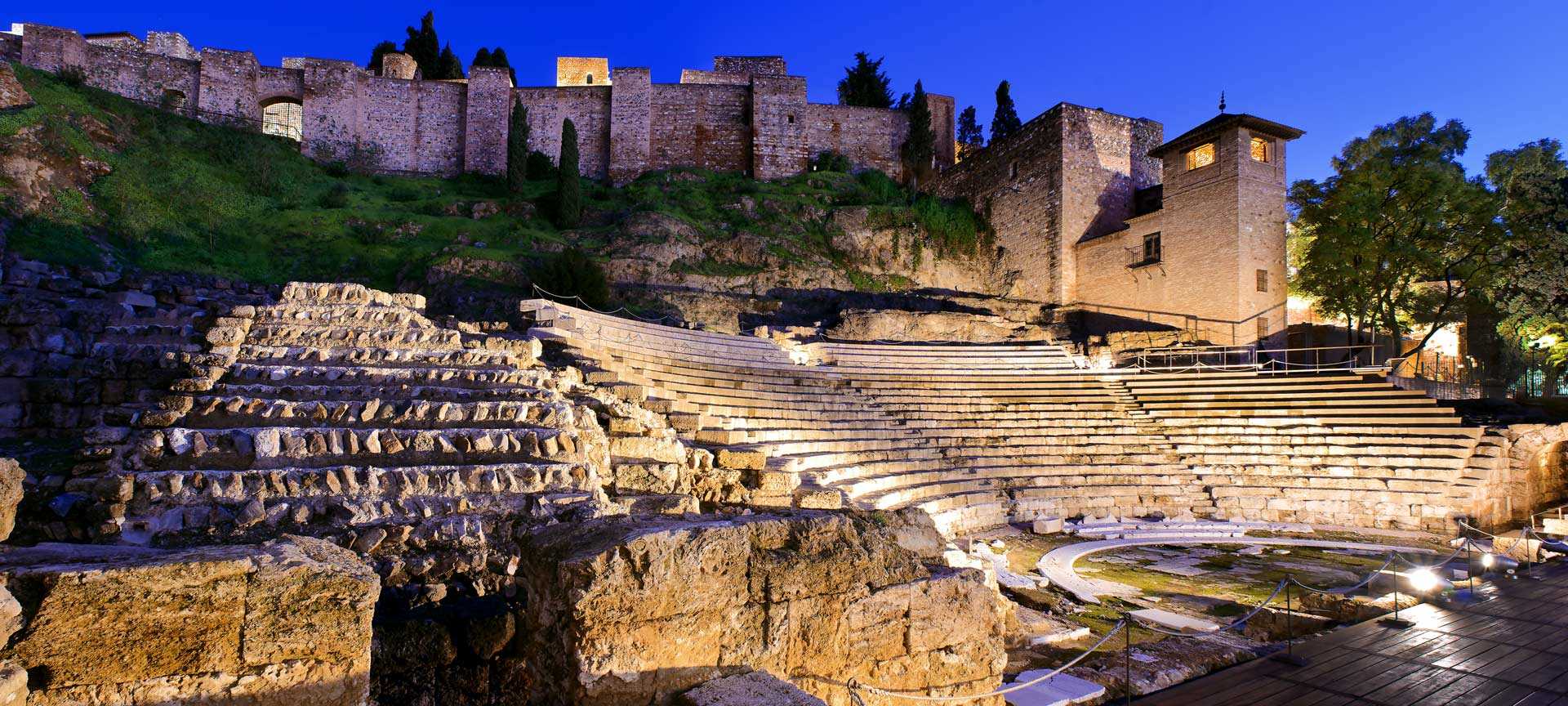
Carissa Aurelia Archaeological Site.
Carissa Aurelia is an archaeological site located between the towns of Bornos and Espera. It dates from the Iberian and Roman period and contains significant necropolis remains,
offering a rich and revitalising element for the area. The archaeological site contains three clearly differentiated areas: the town, surrounded by a walled perimeter, and the north and south necropolises. As was customary, both burial sites are located outside the town's walls.
Located between a series of hills, the town contains visible remains of the fortified walls, traces of a Roman road, and a flat area where the public buildings probably stood.
The south necropolis is made up of Punic hypogea and family mausoleums excavated in the mountain rock. Several tombs excavated in the earth in the shape of a Greek cross can also be found in this area of the site. Cremation was the common funerary rite practised in this region. The necropolis was used between the first century BCE and the third century CE.
In the north necropolis the most representative feature is the mausoleum located on the access road to the town. Three of the original walls have survived, two of them built out of opus caementicium on sandstone ashlar blocks. Of the third wall, only the ashlars remain today. The columbaria used with cremation rites have also been preserved.
Don't forget to go down to the dock and enjoy the spectacular view. Not far from Bornos, you can visit the ruins of Carissa Aurelia, a town built during the Early Roman Empire.
This fascinating Roman site was designated a Site of Cultural Interest in December 2013 and is well worth visiting.
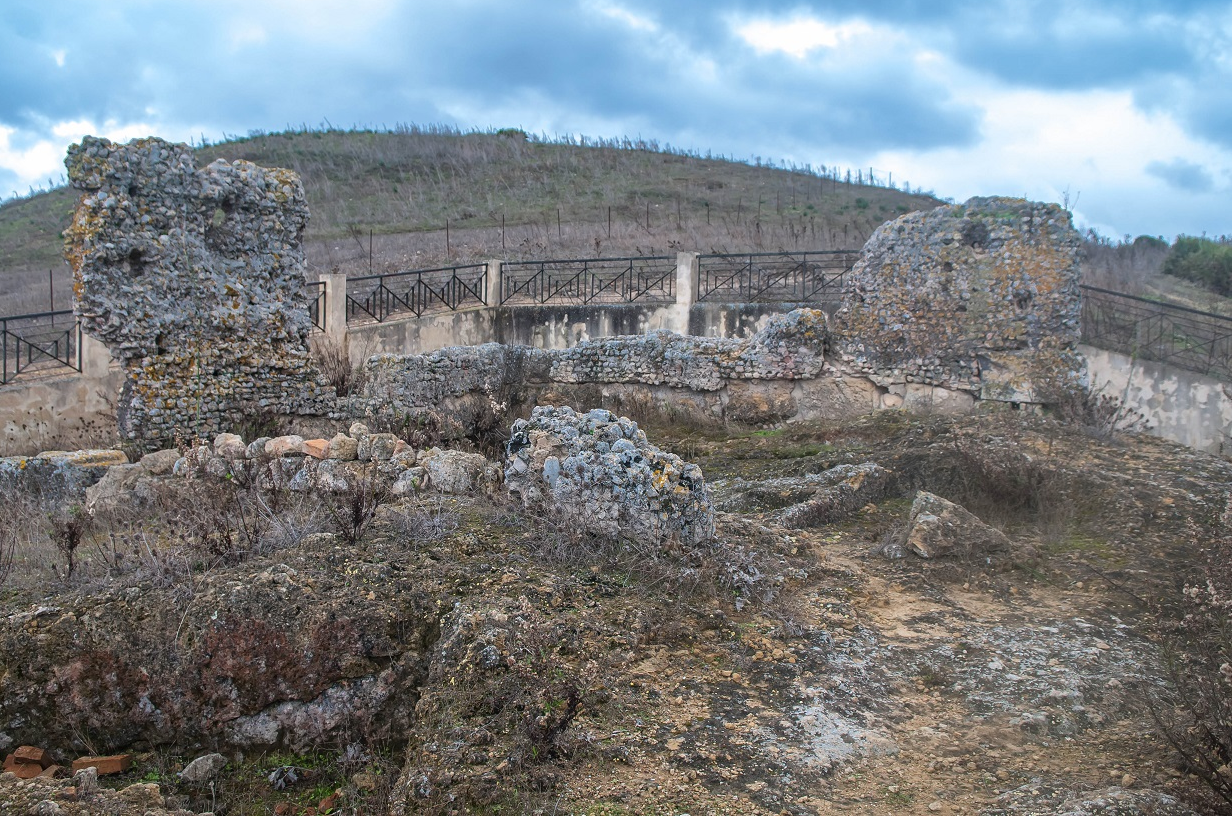
Sierra Aznar, Roman Town.
Sierra Aznar, belonging to the town of Arcos de la Fronterain the Cádiz province, half-way between Arcos and Algar, is a Roman archaeological site. Some people believe the ruins are evidence of a human settlement, while others believe they point to a construction related to the management of water.
The site also contains the Roman ruins of Calduba, dating from the second century CE and a designated place of cultural interest.
Roman Site of Ocuri.
The Ocuri Archaeological Site is located at the top of El Salto de la Mora, a limestone hill situated one kilometre from the town of Ubrique that once controlled the natural access route to La Manga de Villaluenga on one side and the south exit to the mountains on the other.
The high, strategic position, reinforced by solid walls, and the size of the site suggest that it was likely a pre-Roman (an oppidum) and Roman town of great importance, which is also demonstrated by the monumental nature of the archaeological remains.
This important site was discovered in the late 18th century thanks to the intuition of a resident of Ubrique, called Juan Vegazo, who bought the land to find out whether the remains visible on the hill were comparable to those of Pompeii itself.
Vegazo, a true pioneer in the field of archaeology, excavated several of the structures and left written evidence of his discoveries, including two magnificent inscriptions dedicated to emperors Antoninus Pius and Commodus, which contained the name of the city, unknown until that time.
Although recent research has managed to date its origins to at least the sixth century BCE, most of the remains correspond to the Roman period and the height of its glory, which occurred in the second century CE.
Outside the town's walls, as dictated by Roman health laws, are the necropolis and its most important monument: the mausoleum, the finest of its kind in the whole of Andalusia. Inside it are a series of niches where urns containing the ashes of the deceased were deposited, as well as offerings from family members and possibly statues.
Beyond the mausoleum is the cyclopean wall from the Iberian period, remodelled on several occasions and containing some panels made without mortar and others made with moulded ashlar blocks possibly dating from the Carthaginian period. In the first or second century CE the entrance to the town was remodelled and acquired a more a monumental appearance.
Behind the city wall are the remains of different constructions, such as various large cisterns for storing water, the forum with parts of the "tabernae”, remains of houses, public buildings and, higher up, some magnificent thermal baths. In the Early Roman Empire the town of Ocuri likely formed part of the "conventus iuridicus gaditanus", an administrative body belonging to the imperial province of Baetica.
Important: Access to the site is by guided tour only at specified times to ensure protection of the historical and natural heritage. You can find more information and book tickets at www.yacimientodeocuri.es
